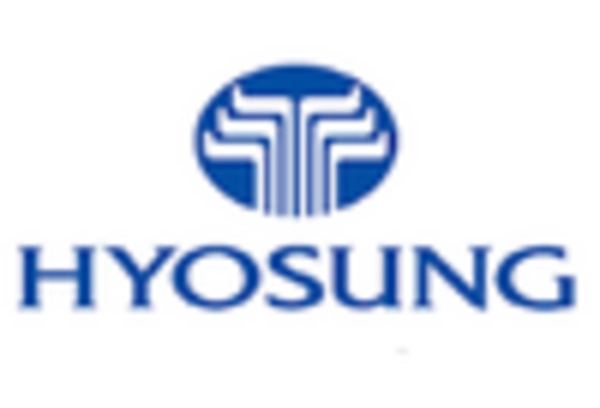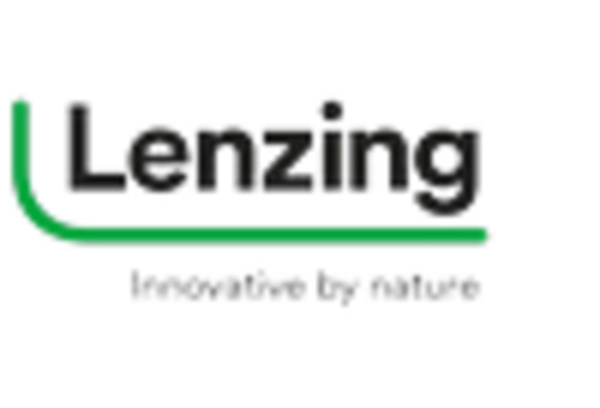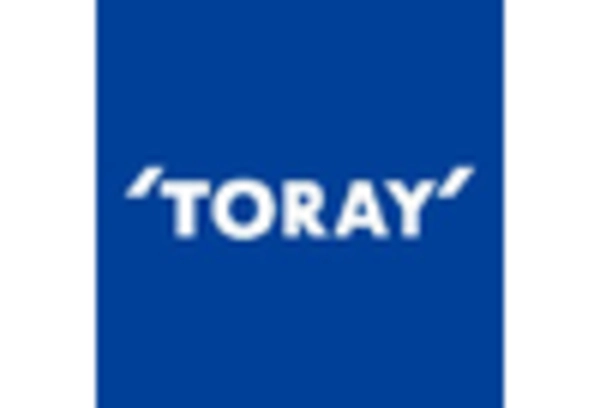Leading market players are investing heavily in research and development in order to expand their product lines, which will help the Blended Fibers Market, grow even more. Market participants are also undertaking a variety of strategic activities to expand their footprint, with important market developments including new product launches, contractual agreements, mergers and acquisitions, higher investments, and collaboration with other organizations. To expand and survive in a more competitive and rising market climate, Blended Fibers industry must offer cost-effective items.
Manufacturing locally to minimize operational costs is one of the key business tactics used by manufacturers in the Blended Fibers industry to benefit clients and increase the market sector. In recent years, the Blended Fibers industry has offered some of the most significant advantages to medicine. Major players in the Blended Fibers Market, including Reliance Industries (India), Welspun India Ltd. (India), Sutlej Textiles & Industries (India), Hebei Diamond Cashmere Products (China) and others, are attempting to increase market demand by investing in research and development operations.
The North Face is an American manufacturer of outdoor recreation products. The North Face manufactures outdoor apparel, footwear, and equipment. The company's logo is inspired by Half Dome, a prominent rock feature rising over 8,700 feet above sea level in Yosemite National Park, which was founded in 1966 to serve climbers. By the late 1990s, the label had extended beyond outdoor enthusiasts by focusing on street couture, and it has been recognized as a streetwear style emblem label since the 2000s. VF Corporation purchased it in 2000.
In 2020, The North Face, a well-known outdoor clothing manufacturer, has announced the creation of new mixed fibre goods produced from recycled materials. The company's new Futurelight fabric is constructed of recycled polyester and elastane fibres and is utilized in jackets and other outdoor wear. The Futurelight cloth improves breathability and waterproofing while also lowering the company's environmental effect.
Toray Industries, Inc. is a Japanese multinational firm that specializes in industrial goods based on organic synthetic chemistry, polymer chemistry, and biochemistry technologies. Fibres and textiles, as well as plastics and chemicals, were its founding business sectors. The company has also expanded into medicines, biotechnology and research and development, medical products, reverse osmosis large membranes, electronics, IT-products, housing and engineering, and sophisticated composite materials. In 2019, Toray Industries, a Japanese chemical and textile firm, has launched a new line of blended fibre materials for automotive and industrial uses.
The new materials from the company, which comprise nylon and polyester fibre blends, are intended to provide better durability and heat resistance, making them perfect for use in automobile parts and other industrial applications.
Toray Industries expects the new goods to help it grow its presence in the worldwide blended fibres industry.Birla Cellulose has developed Circular Fiber Blend – under Aditya Birla Group’s pulp & fiber division – which increases mechanically recycled fiber content up to fifty percent without compromising on strong yarn suitable across various categories of fabric or garment making; this was stated by Birla Cellulose brand that deals in eco-friendly Man-Made Cellulosic Fibers (MMCF) production as a part of the company’s environmentally friendly efforts.Birla Cellulose announces a new Circular Fiber Blend with enhanced mechanically recycled fiber content of up to 50% without loss of strength for use in different fabric types; this was revealed by Aditya Birla Group maker responsible for man-made cellulosic fibers that are eco-friendly.


















Leave a Comment